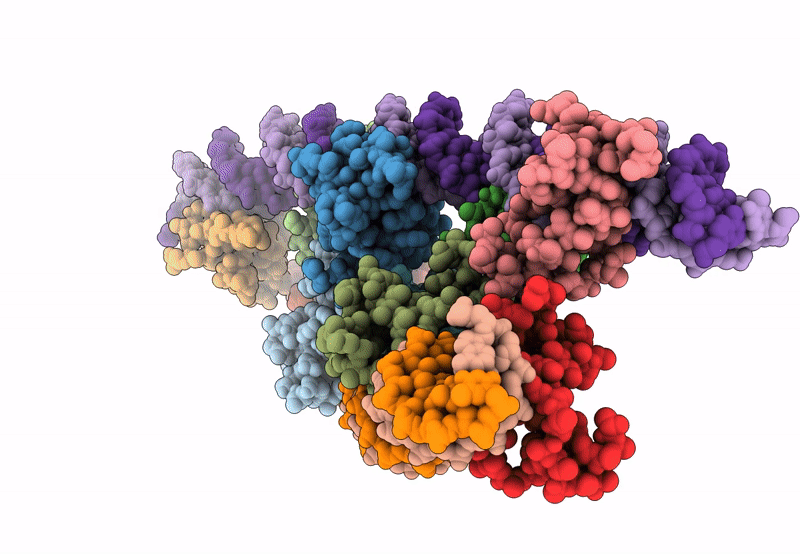
Deposition Date
2023-05-05
Release Date
2023-10-18
Last Version Date
2025-05-28
Entry Detail
PDB ID:
8SRP
Keywords:
Title:
FoxP3 forms Ladder-like multimer to bridge TTTG repeats
Biological Source:
Source Organism:
Mus musculus (Taxon ID: 10090)
synthetic construct (Taxon ID: 32630)
synthetic construct (Taxon ID: 32630)
Host Organism:
Method Details:
Experimental Method:
Resolution:
3.70 Å
Aggregation State:
PARTICLE
Reconstruction Method:
SINGLE PARTICLE


